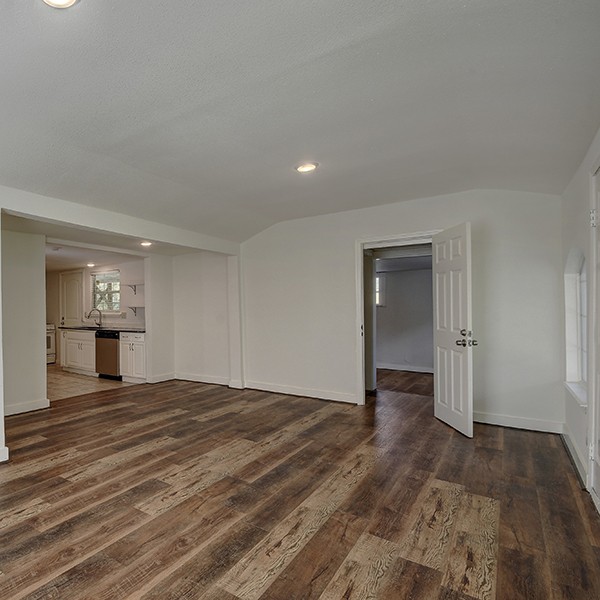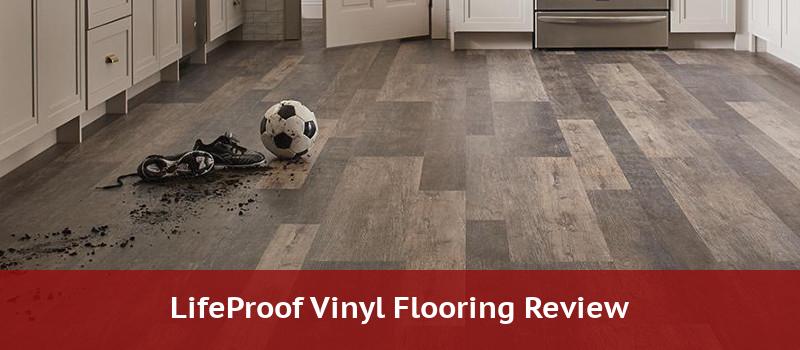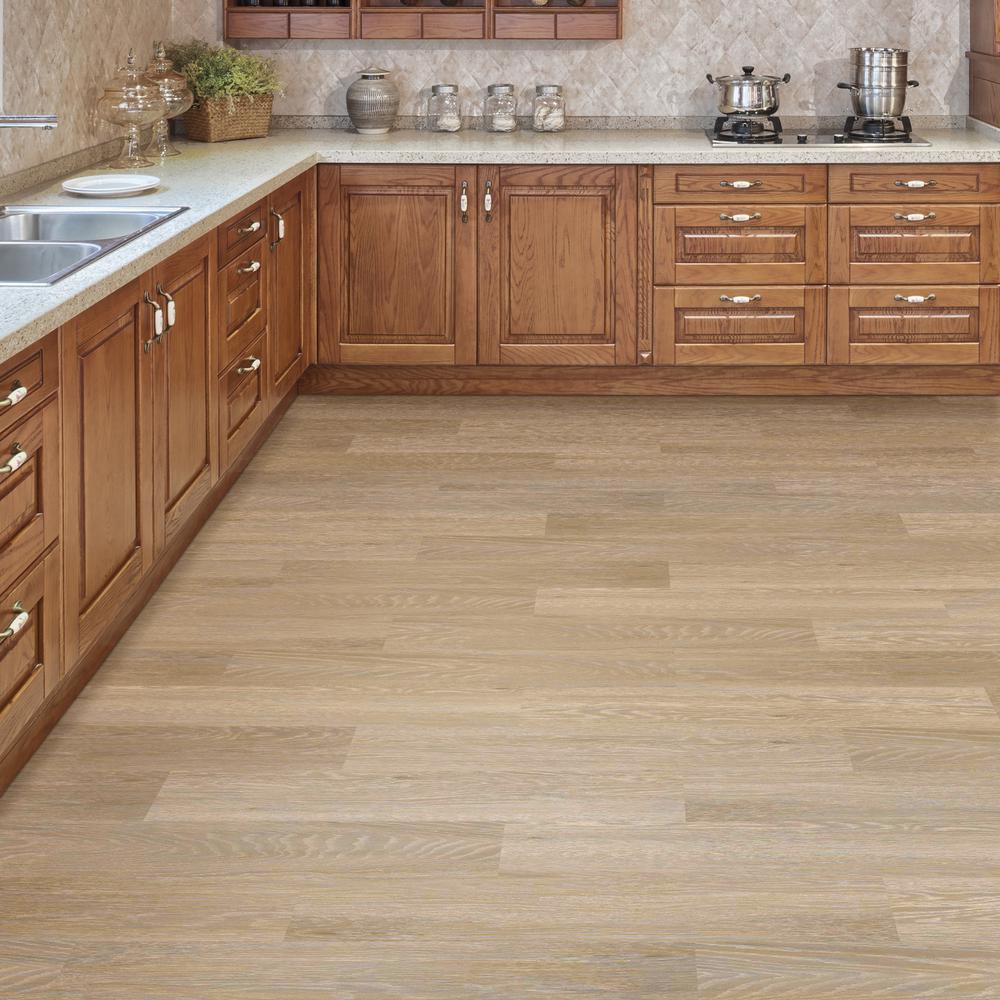Vinyl Flooring Cold Temperatures

There is always a risk that the cold weather is going to cause problems.
Vinyl flooring cold temperatures. Vinyl floors provide you with insulation but thicker underlays can retain more heat. Adhesives become brittle and then crumble below 40f some can get to 28f but then you are done. It is not recommended to use underlayment for vinyl flooring. Amid changes in temperature and humidity all flooring materials are susceptible to expansion and contraction to some extent but engineered hardwood flooring is going to be the most dimensionally stable material you will find.
Vinyl plank flooring and cold temperatures do not go hand in hand. Because of its multilayered construction the planks will not expand and contract as much as a solid hardwood floor. The plank design is installed in a floating manner so it can move with temperature changes unlike a vinyl sheet that will become brittle and crack in extreme cold. Vinyl is not made from wood and requires a sturdy subfloor with little cushioning.
It will look and feel like someone put sand underneath your floor. If you are thinking about thermal underlayment for vinyl flooring this might cause instability to the flooring. Well vinyl flooring does get stiff and brittle in the cold. Therefore you have to be careful.
I know this cuz i ve cracked some pieces trying to install them in probably 20f weather so if you had a saggy baggy floor that moved when you walked on it i suppose there could be some risk of cracking. Vinyl plank flooring is engineered to look like wood but doesn t expand and contract as oak or maple would.













































